What tree sheds its needles for the winter except larch, deciduous conifers
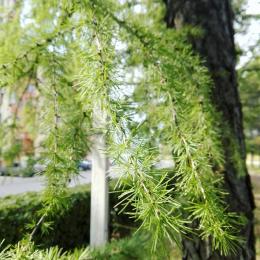
Contrary to popular belief, not all conifers are evergreen plants. Some of them are deciduous and the most common representative is considered larch.
Content:
- Coniferous trees, features of their wintering
- Which tree sheds its needles for the winter?
- When larch sheds its needles, wintering characteristics of the plant
- Is the only coniferous tree that sheds its needles for the winter, others are deciduous?
Coniferous trees, features of their wintering
When caring for coniferous trees, it is important to remember that young specimens are sensitive to temperature fluctuations. This is due to the fact that the plant's roots are located too close to the surface.
That is why, when caring, it is recommended to mulch the root areas without fail. It is recommended to do this only until the plant gets stronger.
During wintering, the needles do not fall off, providing the plant with water and protecting it from the cold. The wax coating of the needles helps the trees protect themselves from hypothermia and unnecessary water loss. Thus, wax is a kind of protective film.
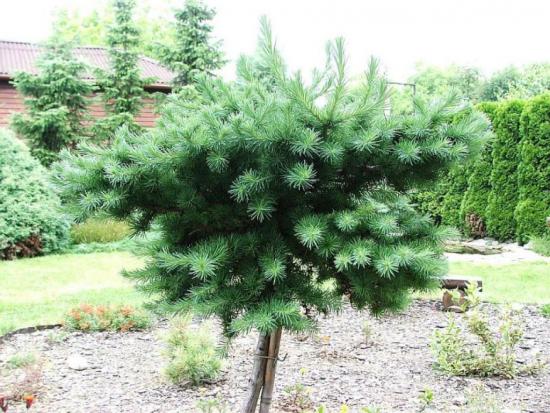
An adult tree retains its bright green color even with the onset of frost, when the root areas are covered with a layer of ice. During this period, additional care comes down to cutting off unnecessary branches.
Which tree sheds its needles for the winter?
Although conifers are considered evergreen, but the effect is achieved by gradually changing the needles - the old ones fall off, new ones grow in their place, and this happens not during a specific season, but throughout the year. However, several representatives coniferous plants behave in the likeness of deciduous ones, shedding their leaves-needles in the fall.
Larches also tend to completely change their green cover every year, shedding needles in the fall and acquiring new ones every spring. The new needles are very tender and soft, despite the fact that the wood of the tree is extremely hard.
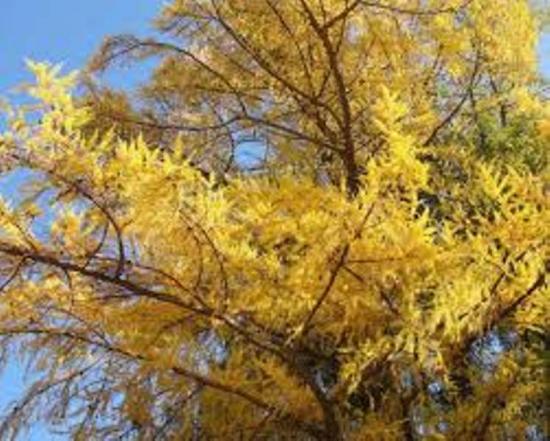
Larch is a tree that sheds its green clothes every autumn. Despite the fact that the needles of this plant are very soft, the wood is considered one of the strongest in the world.
As with deciduous representatives, needles By autumn, larches begin to turn yellow and fall off completely. By spring, the branches are again overgrown with green needles as growth intensifies.
This property developed in the plant as a result of the plant’s adaptation to cold climate. In this way, larch minimizes energy waste in winter.
In addition to larch, there are several other types of plants that shed their leaves when it gets cold. However, this tree is the most common and famous.
When larch sheds its needles, wintering characteristics of the plant
Larch, which belongs to the few coniferous, which shed their needles for the winter, live on average from 350 to 400 years. Some species can live up to 500 years.
Unlike other conifers, larch needles are not hard and sharp. Soft to the touch, easy to break, outwardly they resemble ordinary thin and flat leaves.

The wintering features of the plant include:
- Shedding of leaves begins at the end of September. This feature allows the species to spread further north than other large trees;
- Dropping needles for the winter helps the plant protect itself from drying out, which threatens many conifers when the soil freezes;
- During the winter, the tree goes into a kind of hibernation; all processes in it slow down and return to normal only in spring.
Wintering features help the plant survive the most severe cold. If coniferous trees can die as a result of excessive evaporation of water through the needles, then larch tolerates cold weather without much harm to itself.
Is the only coniferous tree that sheds its needles for the winter, others are deciduous?
Despite the fact that larch is considered the most famous and widespread tree that sheds its needles for the winter, there are several other types of deciduous conifers.
Metasequoia
The first is Metasequoia, which is a coniferous plant; it belongs to the cypress family.
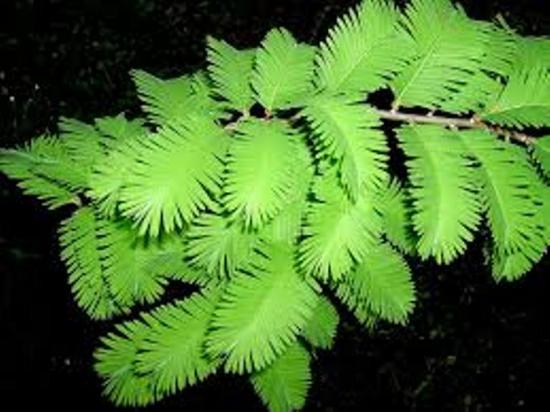
Features of this plant include:
- The bulk of representatives are distributed in the Hubei province area;
- The average height of the tree is 35-40 m, cut diameter is 2 m;
- The branches are located oppositely, forming a wide-conical crown;
- Can reach an age of more than 600 years;
- Distributed on mountain slopes, along river beds and the edges of hollows, where it forms mixed forests;
- It is distinguished by its ease of reproduction and growth rate. Thanks to the latter, it develops quickly, as during reproduction cuttings, and seeds;
- It is unpretentious to soil conditions and temperature fluctuations, although it thrives best in humid subtropical countries.
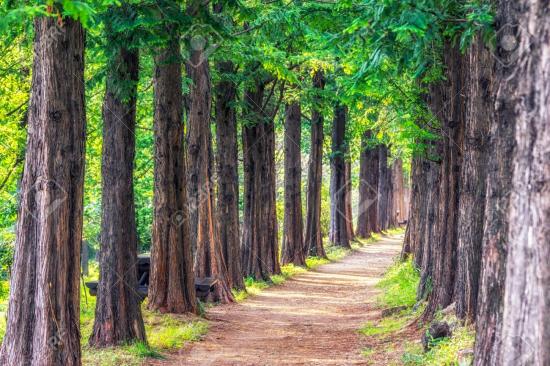
This relict genus contains several species. Matasequoia cones are hanging with shield-like woody scales.
Swamp Cypress
Another representative of deciduous conifers is Taxodium two-row or swamp cypress.
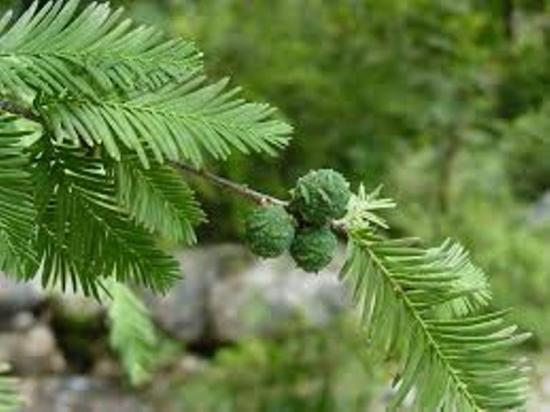
Characteristic features of these large trees include:
- Widely distributed in marsh regions of the United States from Texas and Florida to Delaware;
- It reaches a height of 35-45 m;
- Narrow and long leaves are arranged in several opposite rows and reach 1.3-1.9 cm in length.
An interesting feature of Taxodium is the fact that regular excessive watering provokes expansion of the lower part of the trunk. As a consequence, the development of pneumatophores, outgrowths that rise above the soil and water.
Widespread in swampy areas for additional anchorage to the soil.
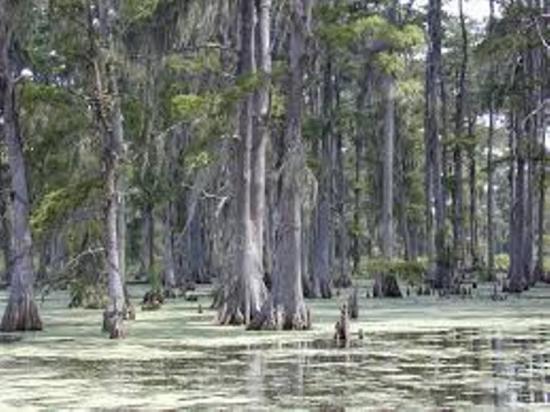
Shedding needles in winter is a characteristic feature of some genera. One of the most common representatives of this group is larch.
Dropping the needles helps the larch to endure the cold snap of winter as painlessly as possible.
For more detailed information about larch and its cultivation, watch the video:

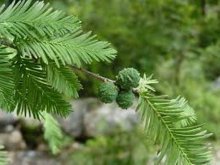
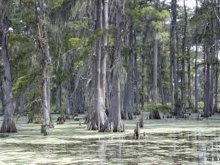
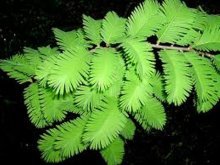
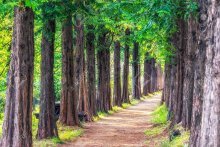
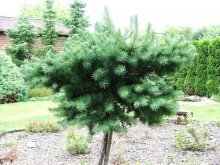
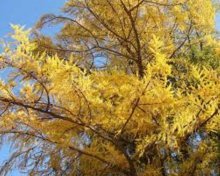
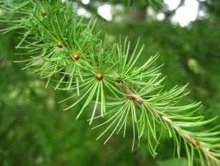
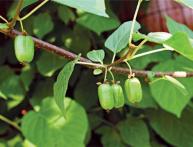
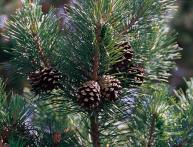
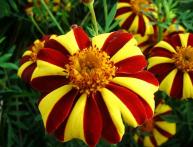
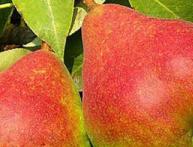
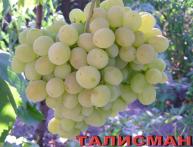
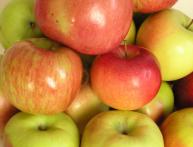
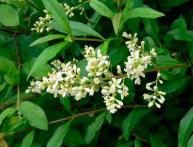
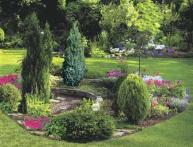
Comments
We planted larch at the dacha along the road and were quite satisfied with the results. Beautiful trees not only create a shelter belt, but also smooth out road noise well.